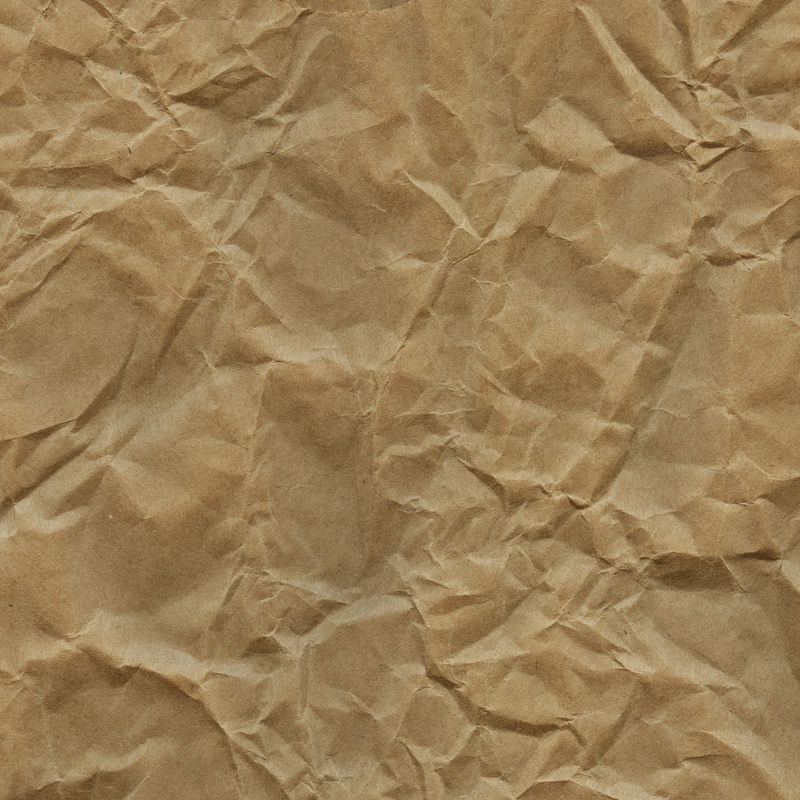SODIUM HYDROSULFITE & RECYCLED PULP
Sodium hydrosulfite is effective in bleaching recycled pulp.
Sodium hydrosulfite is a strong reducing agent and can effectively react with the dyes in the pulp. Also, most recycled furnish usually contains some mechanical pulps that can be bleached by sodium hydrosulfite. The bleaching conditions for recycled pulp by sodium hydrosulfite are very similar to those for mechanical pulps. If the furnish, such as mixed office waste, contains mainly chemical pulps, significant brightness gain could be achieved by performing a hydrosulfite (Y) stage at a much higher temperature, 80–100°C and at pH of 7.0.
Sodium hydrosulfite is a reductive bleaching chemical.
Reductive bleaching is especially essential not only for bleaching but also for removing color from colored recovered paper and carbonless paper. Many dyes used to color paper can be effectively destroyed by reductive bleaching chemicals. Sodium hydrosulfite is known to be effective for color stripping and can remove many types of dyes. Most of the acidic and direct dyes are permanently decolorized by sodium hydrosulfite because it breaks the azo groups. Some of the basic dyes are temporarily decolorized. hydrosulfite is sometimes used in combination with an oxidizing agent, as some dyes which are not reactive with oxidizing chemicals can react with some reducing agents.
Sodium hydrosulfite decomposes rapidly when exposed to air. When exposed to water, the solid form liberates sulfur gases which are corrosive to equipment and buildings. The aqueous solution is typically stored in closed tanks with a nitrogen pad. Sodium hydrosulfite is generally supplied as dry powder. These commercial products may contain stabilizers, buffers (phosphates, carbonates), and chelates.
Sodium hydrosulfite was used for the first time for bleaching of mechanical pulp in the 1930s. Initially, sodium hydrosulfite was used in small amounts as a powder. The bleaching effect was limited because the bleaching time and the temperatures were too low. Good results were obtained when atmospheric oxygen was excluded.



